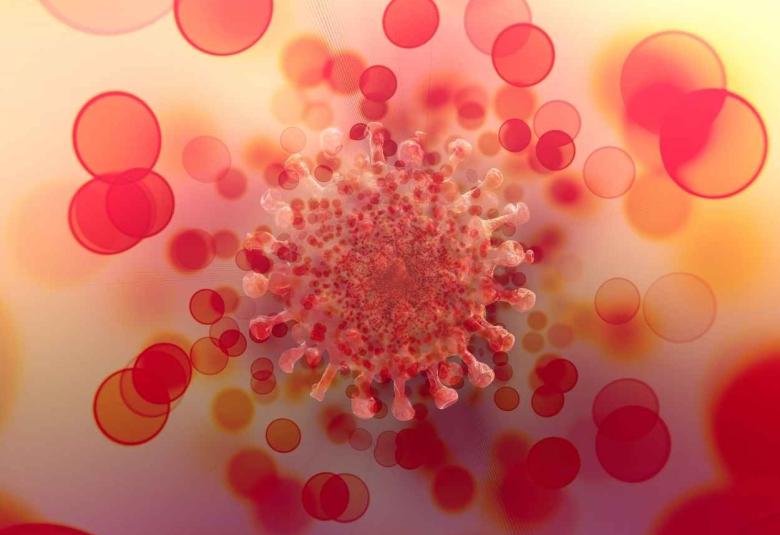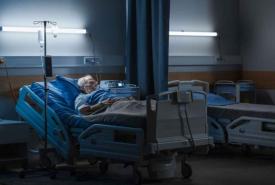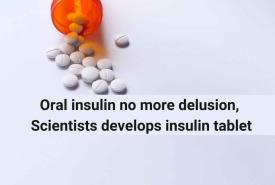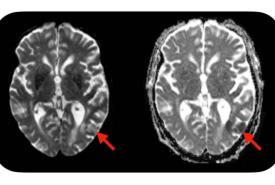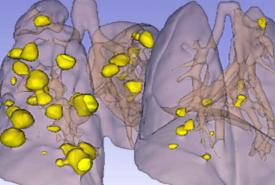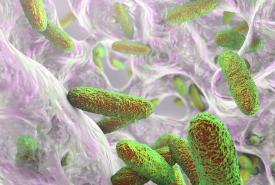New omicron BA.2.75 is as susceptible to antibodies as the currently dominant variant : Researchers
In a recent study researchers from Karolinska Institutet, among others, have characterised the new omicron variant BA.2.75, comparing its ability to evade antibodies against current and previous variants. The study, published in the journal The Lancet Infectious Diseases, suggests that BA.2.75 is not more resistant to antibodies than the currently dominating BA.5, which is positive news.


